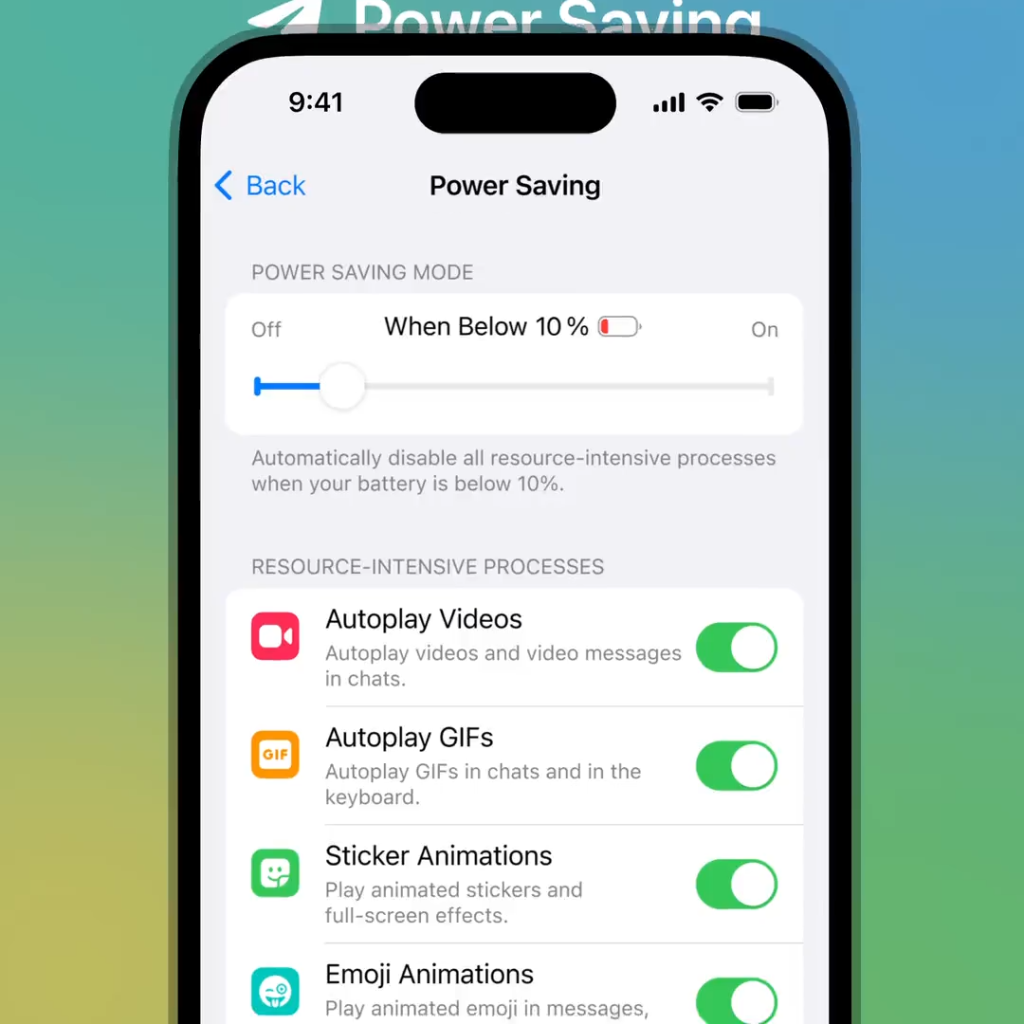To withdraw money from Trust Wallet, transfer your cryptocurrency to an exchange, sell it for fiat, and then withdraw to your bank account.
Understanding Withdrawal Options
Direct Bank Withdrawals
Direct bank withdrawals from Trust Wallet are not directly supported within the app. However, you can withdraw funds by converting your cryptocurrency to fiat currency through an external exchange that supports bank withdrawals.
- Exchange Integration: To withdraw money to your bank account, you must first transfer your cryptocurrency to an exchange like Coinbase, Binance, or Kraken, which supports fiat withdrawals.
- KYC Verification: Most exchanges require Know Your Customer (KYC) verification before allowing bank withdrawals. Ensure you complete this process to facilitate withdrawals.
- Transfer Process: After converting your cryptocurrency to fiat currency (such as USD, EUR, etc.), initiate a bank transfer through the exchange’s withdrawal feature. This process typically involves providing your bank account details and confirming the transaction.
Using Cryptocurrency Exchanges
Using cryptocurrency exchanges is the most common method for withdrawing funds from Trust Wallet. Here’s how you can do it:
- Selecting an Exchange: Choose a reputable exchange that supports both the cryptocurrency you want to withdraw and fiat withdrawals. Popular options include Coinbase, Binance, Kraken, and Bitstamp.
- Transferring Funds to the Exchange: From Trust Wallet, send your cryptocurrency to the deposit address provided by the exchange. Ensure the address is correct to avoid loss of funds.
- Selling Cryptocurrency for Fiat: Once the funds are received in your exchange account, use the trading platform to sell your cryptocurrency for your preferred fiat currency.
- Withdrawing Fiat to Bank: After converting to fiat, navigate to the withdrawal section of the exchange, enter your bank details, and confirm the withdrawal. The funds will be transferred to your bank account, subject to the exchange’s processing time and fees.

Preparing for Withdrawal
Checking Your Balance
Before initiating a withdrawal from Trust Wallet, it is crucial to check your balance to ensure you have sufficient funds for the transaction:
- Open Trust Wallet: Launch the Trust Wallet app on your mobile device.
- View Portfolio: Navigate to the main portfolio screen, where you can see an overview of your cryptocurrency holdings.
- Check Individual Balances: Tap on each cryptocurrency to view detailed balance information, including the available amount and recent transaction history.
- Calculate Total Value: If you plan to convert multiple cryptocurrencies, calculate the total value to ensure you meet any minimum withdrawal requirements set by your chosen exchange.
Selecting the Right Cryptocurrency
Choosing the right cryptocurrency for withdrawal can optimize transaction costs and processing times. Here’s how to make an informed decision:
- Evaluate Market Conditions: Check current market prices and trends for the cryptocurrencies you hold. This can help you decide which asset to convert and withdraw based on potential gains or losses.
- Consider Transaction Fees: Different cryptocurrencies have varying transaction fees. For instance, Bitcoin and Ethereum might have higher fees compared to alternatives like Litecoin or Binance Coin. Opt for cryptocurrencies with lower fees if you aim to minimize costs.
- Check Exchange Support: Ensure that the cryptocurrency you select is supported by the exchange you plan to use for withdrawal. Most major exchanges support popular cryptocurrencies, but it’s good to verify.
- Liquidity and Speed: Some cryptocurrencies offer faster transaction speeds and higher liquidity, which can be beneficial for quick withdrawals. Research and select a cryptocurrency that offers a balance between speed, cost, and ease of conversion to fiat.
- Stablecoins for Stability: If you prefer stability, consider converting your holdings to a stablecoin like USDT or USDC before transferring to the exchange. Stablecoins maintain a value pegged to a fiat currency, reducing the risk of price volatility during the transfer process.
Converting Cryptocurrency to Fiat
Using In-App Exchange Features
While Trust Wallet does not directly support converting cryptocurrencies to fiat currency, it does integrate with decentralized exchanges (DEXs) and other services to facilitate the trading of cryptocurrencies. Here’s how you can use in-app features to begin the conversion process:
- Access Exchange Options: Open the Trust Wallet app and navigate to the exchange or swap section. This is typically found under the “DEX” or “Swap” tabs.
- Select Cryptocurrencies: Choose the cryptocurrency you want to exchange from your wallet and select the desired stablecoin (e.g., USDT, USDC) or another cryptocurrency that is easily convertible to fiat on an external exchange.
- Enter Amount: Input the amount of cryptocurrency you wish to convert. The app will display the estimated amount of the target cryptocurrency you will receive.
- Confirm Swap: Review the transaction details, including any fees, and confirm the swap. The converted cryptocurrency will be deposited into your Trust Wallet.
- Preparation for Transfer: With your cryptocurrency now in a stablecoin or a more exchange-friendly format, you can proceed to transfer it to an external exchange for fiat conversion.
Transferring to an External Exchange
To convert your cryptocurrency to fiat currency, you will need to transfer it to an external exchange that supports fiat withdrawals. Here’s a step-by-step guide:
- Select an Exchange: Choose a reputable cryptocurrency exchange that supports fiat withdrawals, such as Coinbase, Binance, Kraken, or Bitstamp.
- Create an Account: If you don’t already have an account, sign up on the chosen exchange. Complete the necessary verification steps, including KYC procedures, to enable fiat withdrawals.
- Find Deposit Address: On the exchange, navigate to the deposit section and find the deposit address for the cryptocurrency you want to transfer.
- Initiate Transfer in Trust Wallet: Open Trust Wallet and select the cryptocurrency you wish to transfer. Tap “Send” and enter the deposit address from the exchange.
- Confirm Transfer: Double-check the address to avoid errors, then confirm the transfer. The transaction will be processed and the funds will be sent to your exchange account.
- Sell Cryptocurrency: Once the funds are received in your exchange account, navigate to the trading section and sell your cryptocurrency for your desired fiat currency (e.g., USD, EUR).
- Withdraw Fiat: After converting to fiat, go to the withdrawal section of the exchange. Enter your bank details and the amount you wish to withdraw, then confirm the transaction.
- Processing Time: Fiat withdrawals can take anywhere from a few hours to several days, depending on the exchange and your bank.

Step-by-Step Withdrawal Process
Initiating a Withdrawal Request
Withdrawing funds from Trust Wallet to your bank account involves several steps, beginning with initiating a withdrawal request. Here’s how to get started:
- Open Trust Wallet: Launch the Trust Wallet app on your mobile device.
- Select Cryptocurrency: Choose the cryptocurrency you want to withdraw. Ensure you have the desired amount available for withdrawal.
- Transfer to Exchange: To withdraw to fiat, you need to transfer your cryptocurrency to an exchange. Tap on the selected cryptocurrency and then tap “Send.”
- Enter Exchange Deposit Address: Obtain the deposit address from your chosen exchange (e.g., Coinbase, Binance, Kraken). Enter this address into the recipient field in Trust Wallet.
- Confirm Transaction: Double-check the recipient address and enter the amount you wish to transfer. Review any transaction fees and confirm the transfer. The cryptocurrency will be sent to your exchange account.
Providing Necessary Information
Once your cryptocurrency has been transferred to the exchange, you need to convert it to fiat and withdraw it to your bank account. This process involves providing necessary information to complete the withdrawal:
- Log In to Exchange: Access your account on the exchange where you transferred your cryptocurrency.
- Sell Cryptocurrency: Navigate to the trading section of the exchange. Select the cryptocurrency you received and choose the option to sell it for your desired fiat currency (e.g., USD, EUR).
- Enter Sale Details: Specify the amount of cryptocurrency you want to sell. Confirm the details and execute the trade. The fiat currency equivalent will be credited to your exchange account.
- Initiate Fiat Withdrawal: Go to the withdrawal section of the exchange. Select the fiat currency balance you wish to withdraw.
- Provide Bank Details: Enter your bank account details, including the account number, bank name, and any other required information. Ensure the information is accurate to avoid delays.
- Specify Withdrawal Amount: Enter the amount of fiat currency you want to withdraw. Review any applicable withdrawal fees and minimum/maximum limits set by the exchange.
- Confirm Withdrawal Request: Review all the entered information and confirm the withdrawal request. The exchange will process the transaction, and the funds will be transferred to your bank account.
- Processing Time: Be aware that processing times for fiat withdrawals can vary. It might take a few hours to several days for the funds to appear in your bank account, depending on the exchange and your bank’s processing times.

Withdrawal Fees and Limits
Understanding Transaction Fees
When withdrawing funds from Trust Wallet to an external exchange and subsequently to your bank account, it’s important to understand the various transaction fees involved:
- Network Fees: When you transfer cryptocurrency from Trust Wallet to an exchange, you will incur network (or gas) fees. These fees are paid to the blockchain network for processing the transaction and can vary depending on the network congestion and the type of cryptocurrency.
- Exchange Fees: Exchanges often charge fees for converting cryptocurrency to fiat. These can include trading fees (a percentage of the transaction amount) and withdrawal fees for transferring funds to your bank account.
- Fiat Withdrawal Fees: When withdrawing fiat currency from an exchange to your bank account, you may incur additional fees. These can be flat fees or a percentage of the withdrawal amount, depending on the exchange and the withdrawal method.
- Hidden Costs: Some exchanges may have hidden costs, such as fees for currency conversion or processing delays. It’s crucial to review the fee structure of your chosen exchange thoroughly before initiating transactions.
Minimum and Maximum Withdrawal Limits
Exchanges and blockchain networks often impose minimum and maximum withdrawal limits to ensure efficient transaction processing and compliance with regulatory requirements:
- Minimum Withdrawal Limits: Most exchanges have a minimum amount required for both cryptocurrency and fiat withdrawals. This is to cover the transaction fees and ensure that the process is cost-effective for the platform. Check the specific limits on your chosen exchange to avoid issues with small withdrawals.
- Maximum Withdrawal Limits: Exchanges may also set maximum withdrawal limits to prevent fraud and money laundering. These limits can vary based on your verification level (e.g., basic, verified, or enhanced verification tiers). Higher limits typically require more thorough identity verification.
- Daily and Monthly Limits: Some platforms impose daily or monthly withdrawal limits. These limits restrict the total amount of cryptocurrency or fiat that can be withdrawn within a given period. Ensure that your planned withdrawals align with these limits to avoid disruptions.
- Adjusting Limits: In some cases, you can request higher withdrawal limits by providing additional identification documents and completing more rigorous KYC procedures. Contact the exchange’s customer support to inquire about increasing your limits if needed.

Ensuring Security During Withdrawal
Two-Factor Authentication
Two-Factor Authentication (2FA) is a crucial security measure that adds an extra layer of protection to your withdrawal process. Here’s how to use it effectively:
- Enable 2FA: First, ensure that 2FA is enabled on your exchange account. Most exchanges offer 2FA options using apps like Google Authenticator or Authy.
- Setup Process: To set up 2FA, go to the security settings of your exchange account, select the 2FA option, and follow the instructions to link your account with the 2FA app. This typically involves scanning a QR code and entering a verification code from the app.
- Regular Updates: Keep your 2FA app updated and ensure your phone’s security is maintained to prevent unauthorized access.
- Backup Codes: Store the backup codes provided during 2FA setup in a secure location. These codes can be used to access your account if you lose access to your 2FA device.
Verifying Transaction Details
Ensuring the accuracy of transaction details is essential to prevent errors and potential loss of funds during the withdrawal process:
- Double-Check Addresses: Before confirming a transfer from Trust Wallet to an exchange, verify the recipient’s address. Cryptocurrency transactions are irreversible, so an incorrect address can lead to a permanent loss of funds.
- Confirm Amounts: Make sure the amount you are transferring is correct. This includes checking the cryptocurrency amount when sending from Trust Wallet and the fiat amount when withdrawing from the exchange.
- Review Fees: Understand and review the fees associated with the transaction. This includes network fees for transferring cryptocurrency and any exchange fees for converting to fiat and withdrawing to your bank account.
- Use Reliable Networks: Ensure you are connected to a secure and reliable internet network when initiating withdrawals. Avoid using public Wi-Fi for financial transactions to minimize the risk of interception.
- Enable Notifications: Activate email or SMS notifications on your exchange account to receive alerts about transactions. This helps you stay informed and quickly respond if there are any unauthorized activities.
- Verify Exchange Policies: Familiarize yourself with the withdrawal policies and procedures of your exchange. Knowing the steps involved and the expected timeframes can help you anticipate any issues and act promptly if problems arise.

Troubleshooting Common Withdrawal Issues
Delayed Transactions
Experiencing delays in your transactions can be frustrating, but there are several steps you can take to address this issue:
- Network Congestion: Delays often occur due to network congestion. Check the status of the blockchain network you are using (e.g., Bitcoin, Ethereum) through blockchain explorers or network status websites to see if there are widespread delays.
- Transaction Fees: Low transaction fees can cause delays. Ensure that you are setting an appropriate fee for your transaction. Some wallets and exchanges allow you to adjust the fee to prioritize faster processing.
- Exchange Processing Times: If you have transferred cryptocurrency to an exchange and are waiting for it to be credited, be aware that exchanges may have processing times for deposits. Check the exchange’s deposit policies and estimated processing times.
- Contact Support: If a significant amount of time has passed and your transaction is still delayed, contact the support team of the exchange or wallet service you are using. Provide them with the transaction ID for quicker assistance.
Incorrect Withdrawal Address
Entering an incorrect withdrawal address is a critical issue as it can lead to the permanent loss of funds. Here’s how to prevent and troubleshoot this problem:
- Double-Check Addresses: Always double-check the recipient address before confirming a transaction. Use the copy-and-paste function to avoid manual entry errors and visually verify that the addresses match.
- Use QR Codes: When available, use QR codes to enter addresses. This reduces the risk of errors compared to manual entry.
- Address Book Feature: Some wallets and exchanges offer an address book feature where you can save frequently used addresses. This helps ensure you use the correct address every time.
- Immediate Action: If you realize you’ve entered an incorrect address right after initiating the transaction, contact the support team of your exchange or wallet immediately. They may be able to stop the transaction if it hasn’t been processed yet, though this is often not possible due to the nature of blockchain transactions.
- Blockchain Explorer: Use a blockchain explorer to track the status of your transaction. If the funds have been sent to an incorrect address, you can monitor the address for any potential recovery options, though recovery is generally not possible without the cooperation of the recipient.
